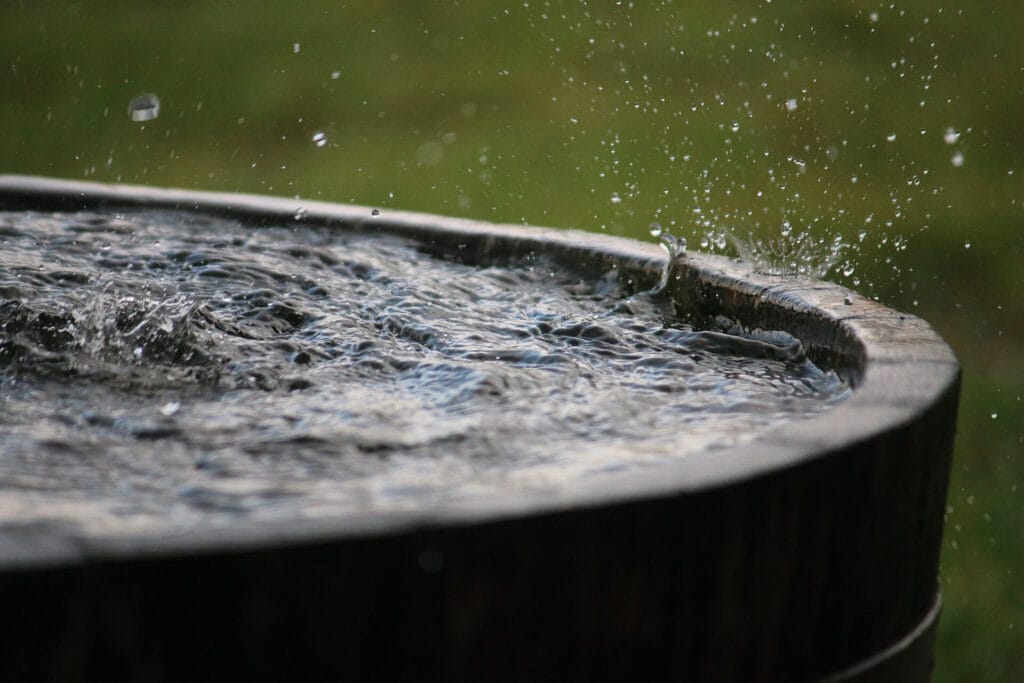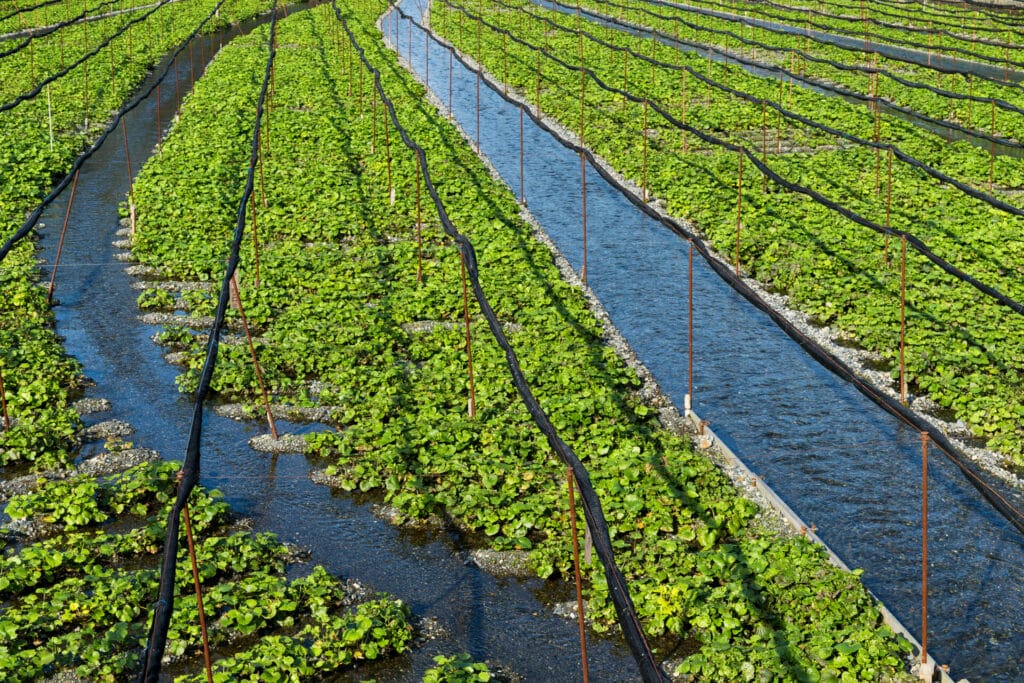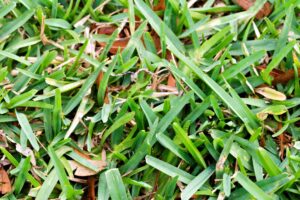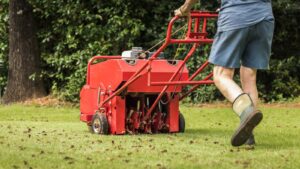BY DANIELA GIRALDO – APRIL 18, 2024

In the arid landscape of Texas, where water scarcity is a perennial concern, the practice of rainwater harvesting emerges as a sustainable solution to mitigate water shortages. With its varied climate and terrain, Texas offers an array of opportunities for implementing rainwater harvesting systems. This comprehensive guide explores various methods of rainwater harvesting tailored to the Texan environment, highlighting their benefits, implementation techniques, and regulatory considerations.
Rooftop rainwater harvesting is one of the most common and efficient methods utilized in Texas. It involves collecting rainwater that falls onto rooftops and directing it into storage tanks or barrels. This method is particularly effective in urban areas where there is limited space for ground-level catchment systems.

Surface water harvesting involves capturing rainwater from natural or man-made surfaces such as landscapes, driveways, and parking lots. This method is well-suited for rural properties, agricultural land, and commercial developments with expansive surface areas.

In Texas, where agriculture plays a vital role in the economy, rainwater harvesting systems offer significant benefits for farmers and ranchers. These systems can supplement traditional irrigation methods and provide a reliable water source for livestock and crops, especially during dry periods.

Before implementing a rainwater harvesting system in Texas, it is essential to understand relevant regulations and permitting requirements. While rainwater harvesting is encouraged and supported by state and local authorities, there may be specific guidelines regarding system design, water quality standards, and usage restrictions. Consultation with local authorities and water management agencies can help ensure compliance and facilitate the permitting process.
Share this post:
Check other topics that may help you get more insights for your project:



